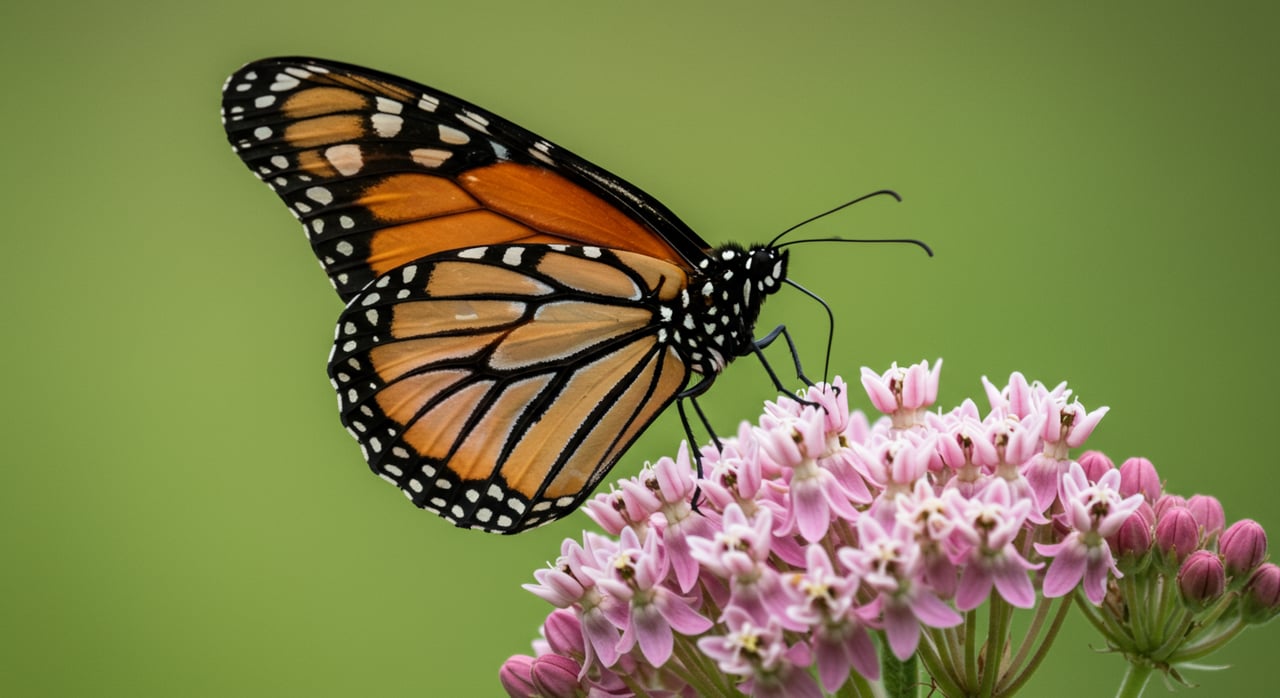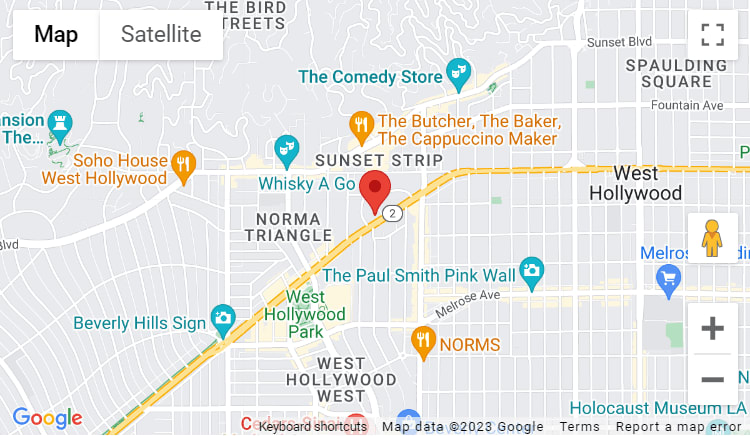Have you ever visited a garden in another area of the world?
Perhaps an English garden? How about a Japanese garden, or a Moroccan garden? Each of these areas boasts plants that flourish there because they are indigenous. They create a unique and contextual experience of color, texture, and smell, which you’ll always associate with your visit to that place. Now, imagine creating a Massachusetts garden, showcasing all the beauty and glory of the ancient plants that have learned to grow here. Because these plants have known the land for hundreds of thousands of years, they will not run rampant and take over other parts of your yard like exotic plants will. Instead, they will replenish your soil, shelter the caterpillars, and feed the butterflies and bees that visit your yard. How cool is that?
Plants that do best in your area are the plants that evolved to grow there.
Their DNA is optimized to thrive in partnership with the ecosystem around it. Furthermore, indigenous plants grow hardier, resist pests, and abide changes in the weather better than imported flora. A native garden saves you time, money and effort, and supports the other plants and animals in your neighborhood.
Why is the grass greener on the other side of the fence?
Most likely, because of toxic chemicals. Your neighbor’s grass might look lovely and green, but it’s not native, and in order to achieve that greenness, it needs ten times the fertilizer that a comparable tract of farmland needs. Fertilizers are rarely organic, and all are high in nitrogen, which causes algae blooms when it ends up in waterways, which then choke out life in our local ponds, rivers, and eventually the ocean. Replacing grass with a garden or a local mix of clover is a viable option. Native clover is bright green, grows deep roots, and stays fairly short. Wouldn’t it be great if your yard contributed to the health of our ecosystem instead of destroying it?
A yard with indigenous flora supports the indigenous fauna.
Did you know that the black swallowtail caterpillar only eats plants in the carrot family? I planted some dill (yes, it’s part of the carrot family) last year and reveled in two full cycles of black swallowtails, from eggs to butterflies. It was an awe-inspiring experience that engaged my whole neighborhood. Individual species of local moths and butterflies need their individual match of food source in order to complete their life cycles. To take this further, native species provide more nectar for the ruby-throated hummingbird (the only species of hummingbird in our part of the country), along with a myriad of other pollinators, such as bees, moths, and even mammals such as bats. Native plants don’t just provide nectar, either: they give nutritious fruits, nuts, and seeds, as well as shelter for all the wildlife around you.
Your native garden can also combat pollution and climate change.
Less non-native grass, or else native clover, needs less mowing. This will reduce noise pollution as well as emissions from gas-guzzling lawnmowers, and you’ll spend less time sweating over that stinky machine. You’ll also have to water less, keeping more of this precious resource in your area’s watershed and lessening the sewerage load of your municipality. Finally, native plants that are long-lived, such as oak or pine trees, can absorb mountains more carbon dioxide from the atmosphere than annual flowers that die off every year.
It’s not that hard to do.
If you’re not sure where to start, head to your favorite plant nursery with pictures of your current yard and ask lots of questions. Join your neighborhood’s garden club or online group (search Next Door and Facebook), or take a native plant gardening book out of the library. If you’re up for a field trip, visit Garden in the Woods in Framingham, a property run by the Native Plant Trust. Their mission: “Conserving and promoting New England’s native plants to ensure healthy, biologically diverse landscapes.” Walk through their incredible variety of gardens, which showcase trees, shrubs, flowering plants and even local cacti; then visit their information center and nursery to pick out a few species to incorporate into your yard. Or, visit their website, which is a treasure trove of information. They offer classes, both online and in person, to support you in your local gardening journey.
If you replace one exotic plant with one native species this gardening season, that’s a win all around. Happy local gardening!

